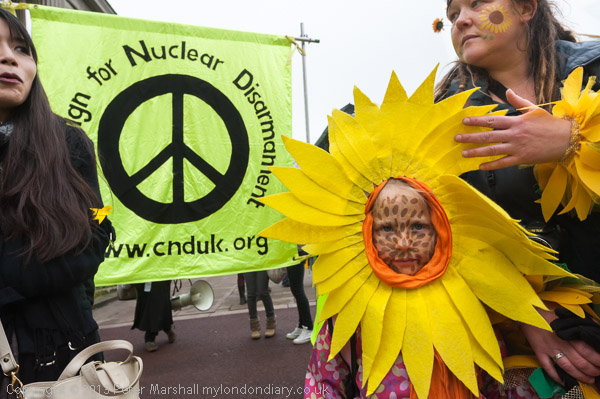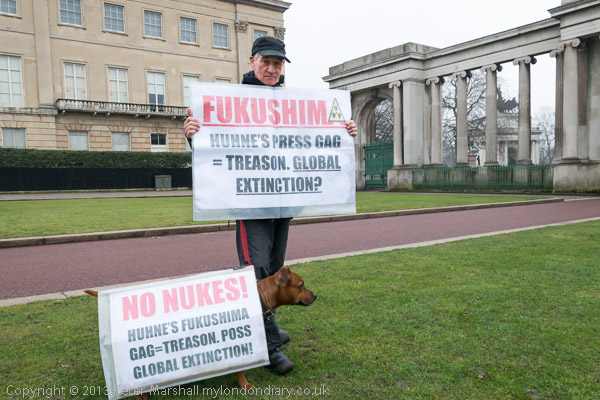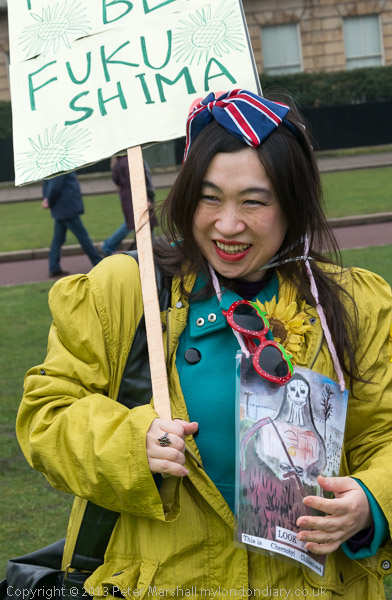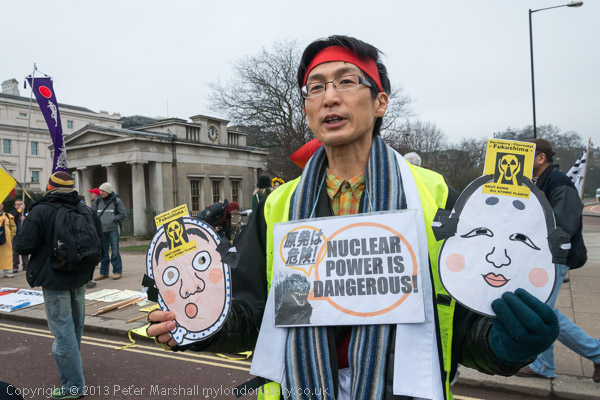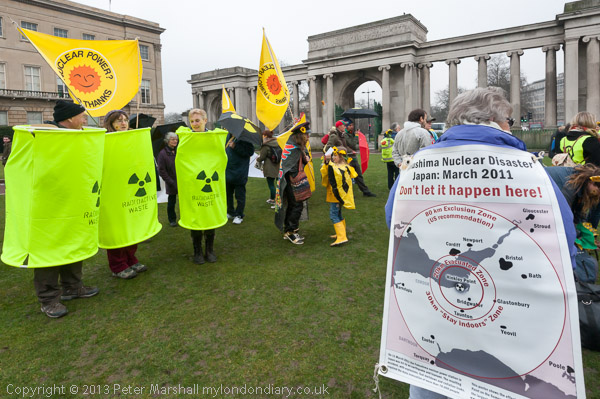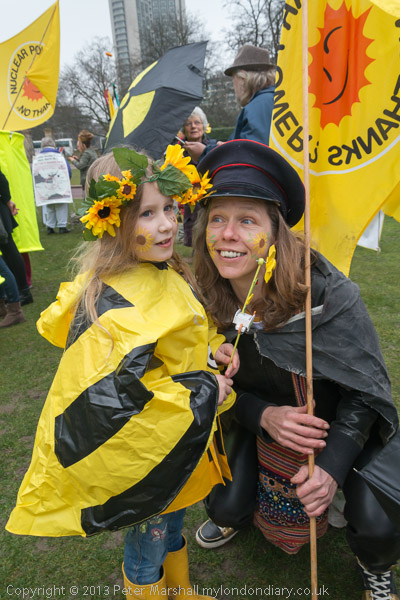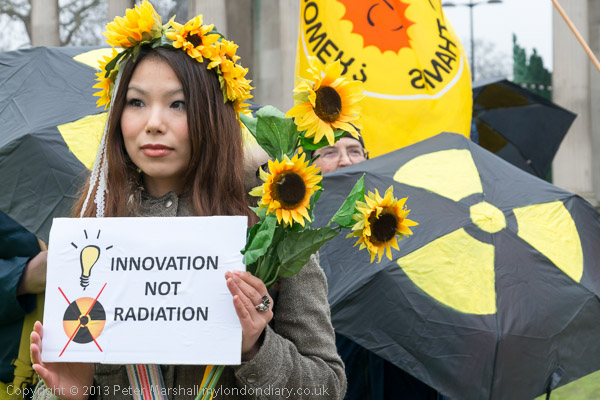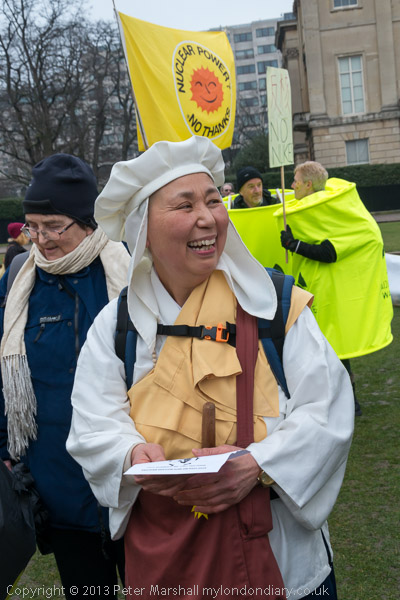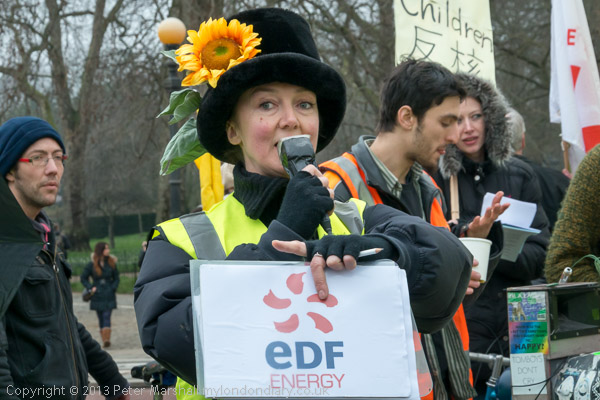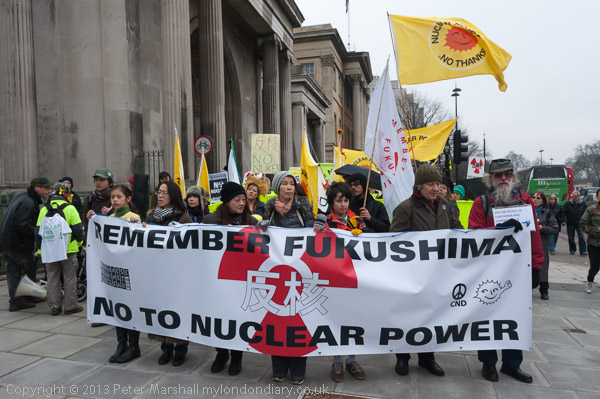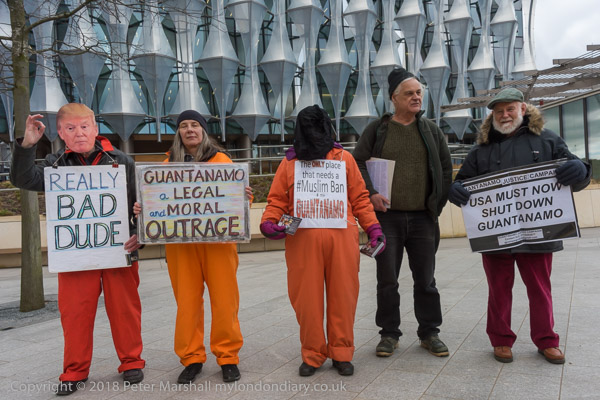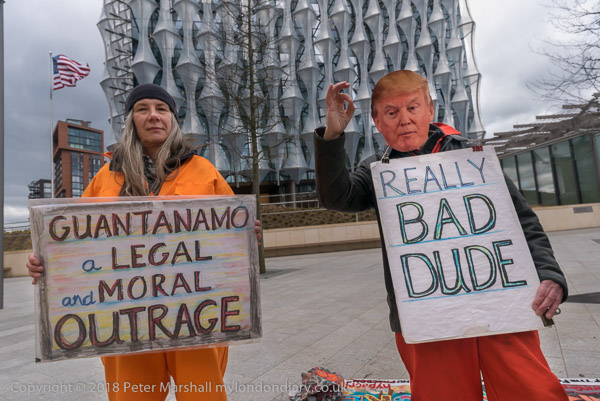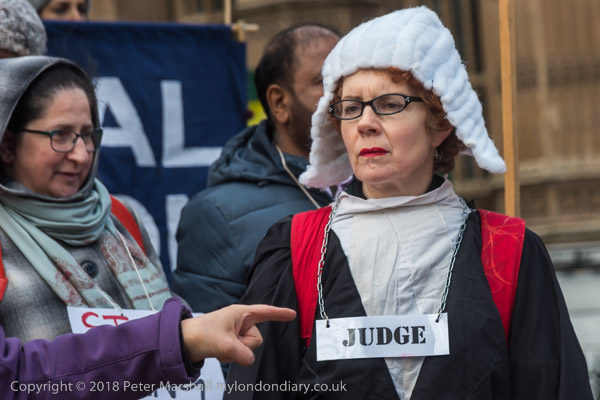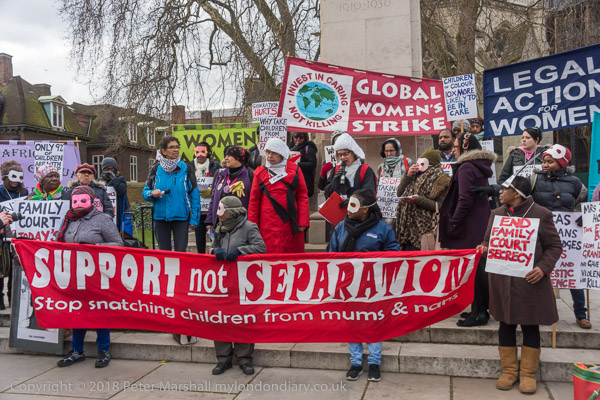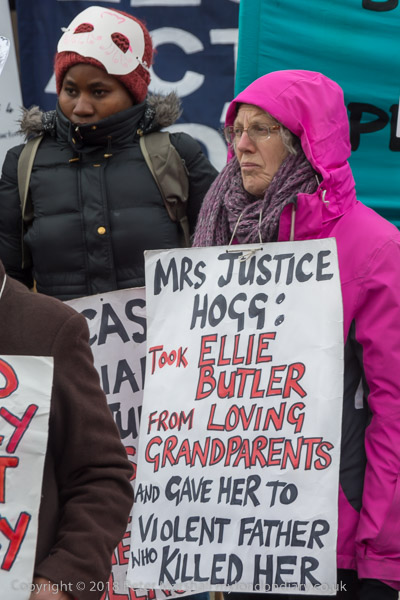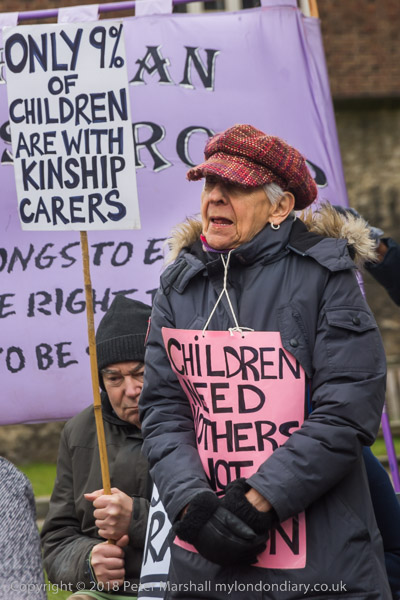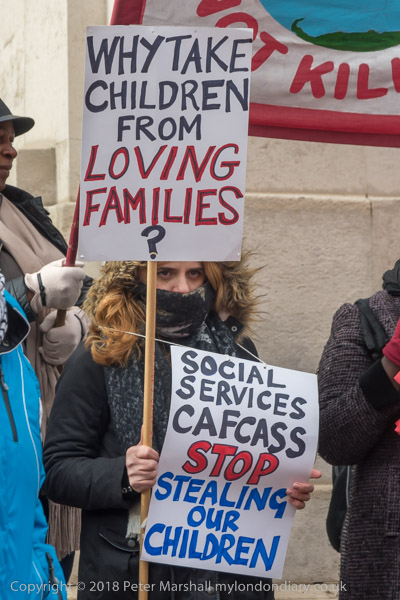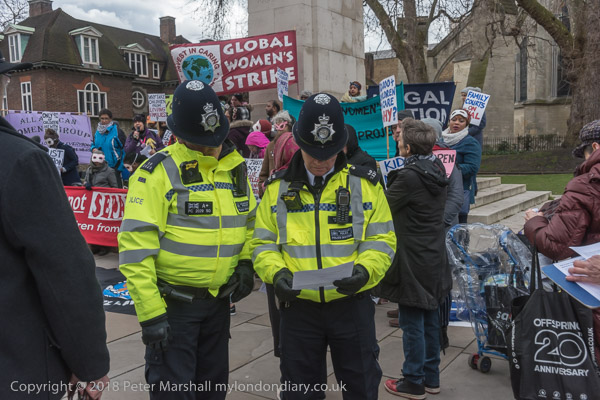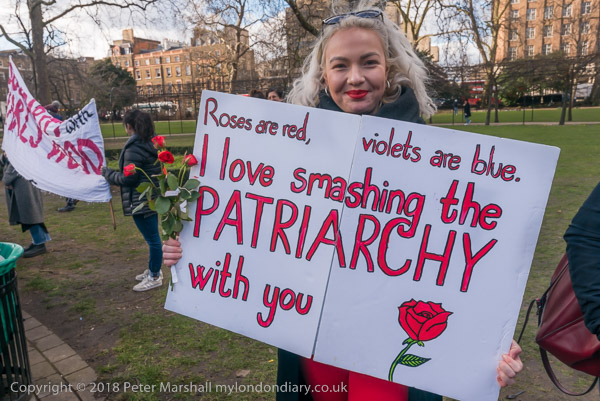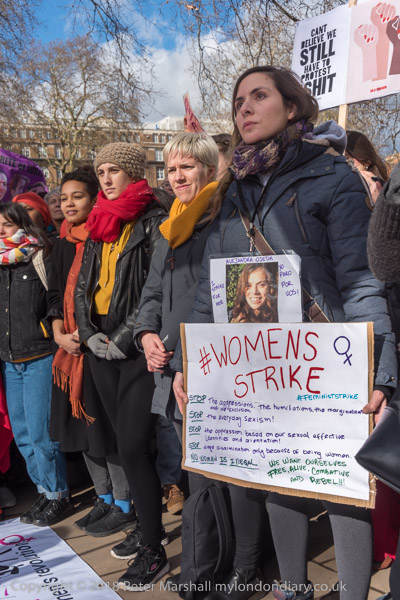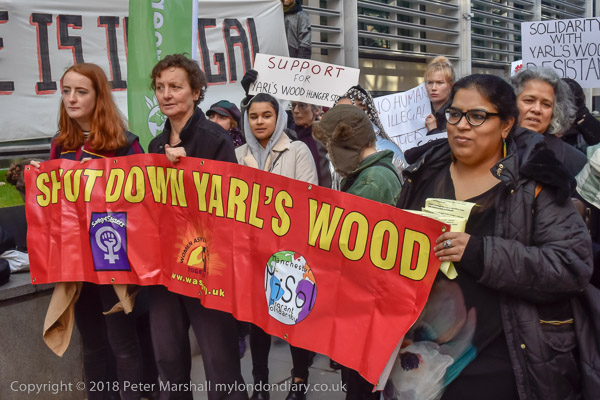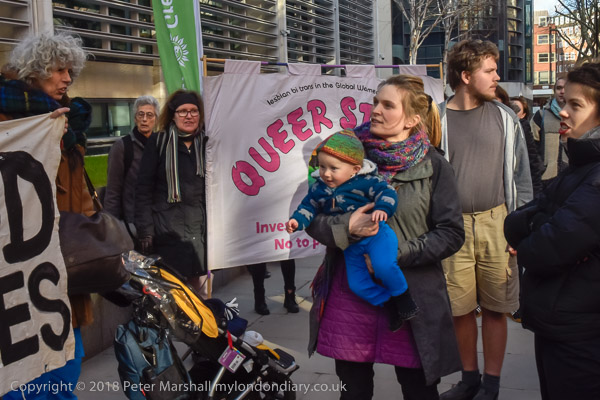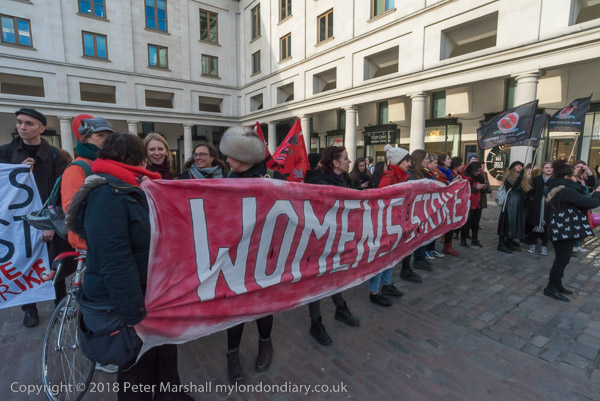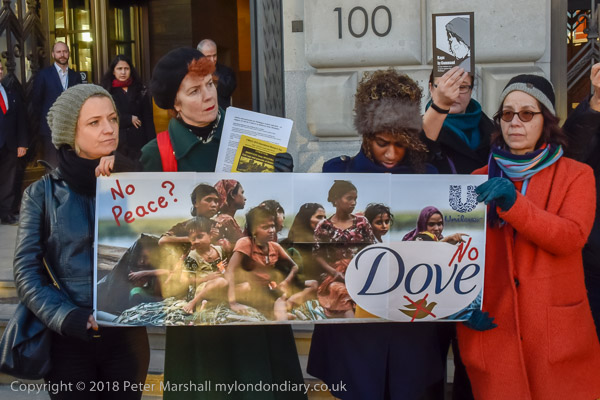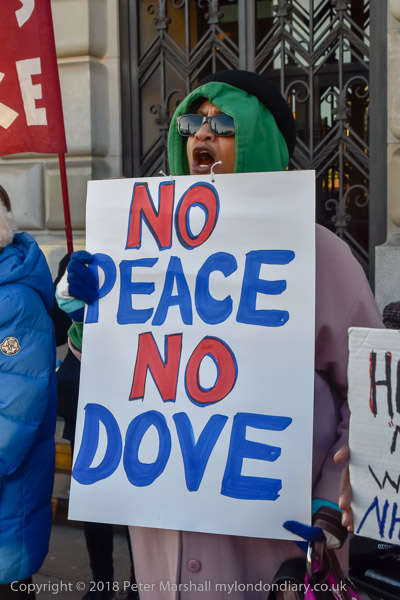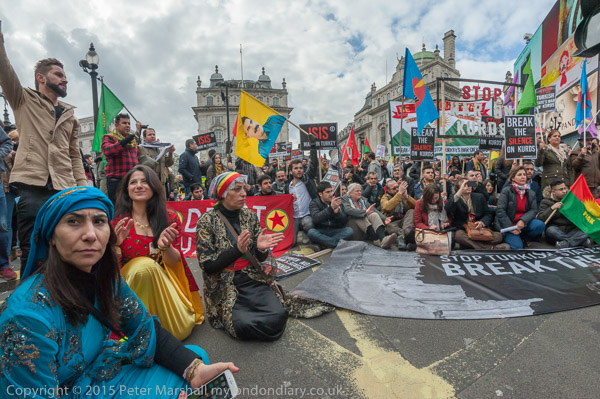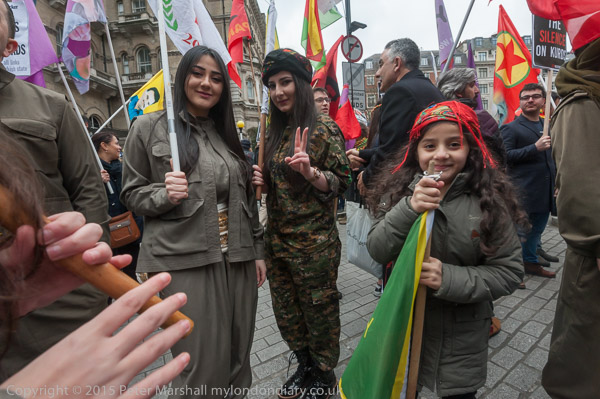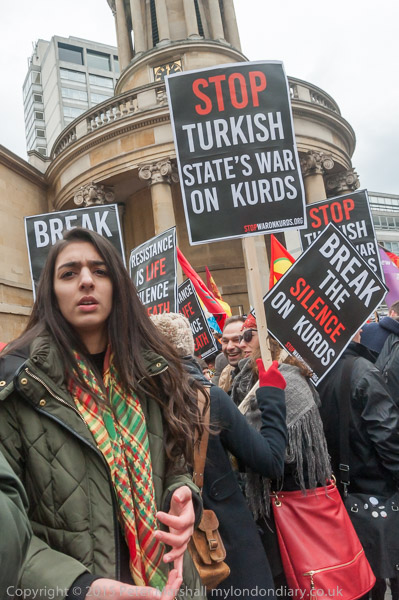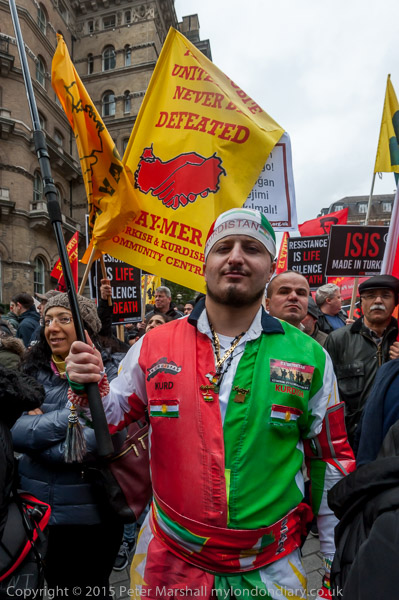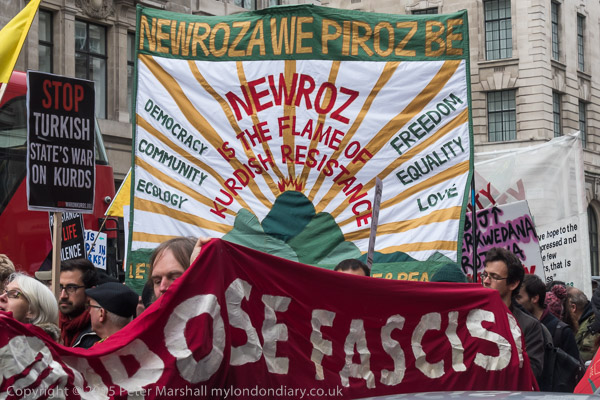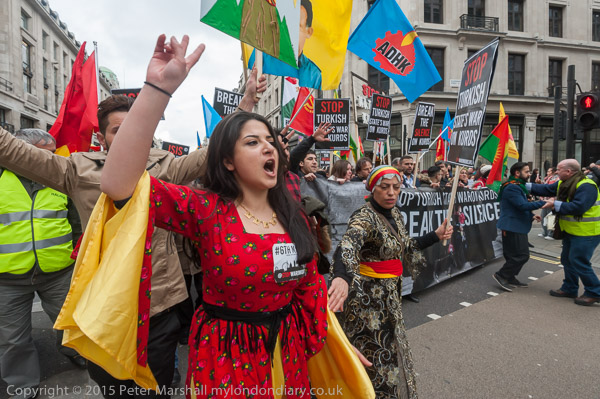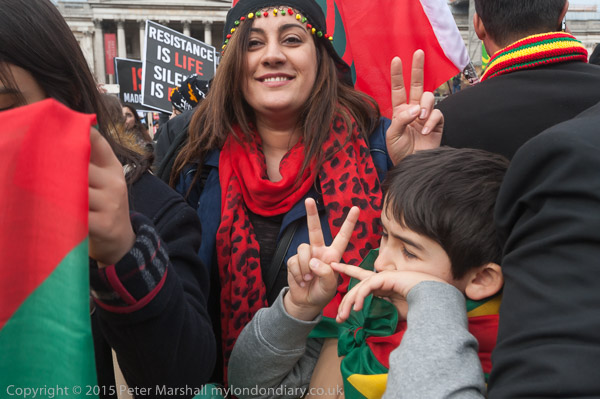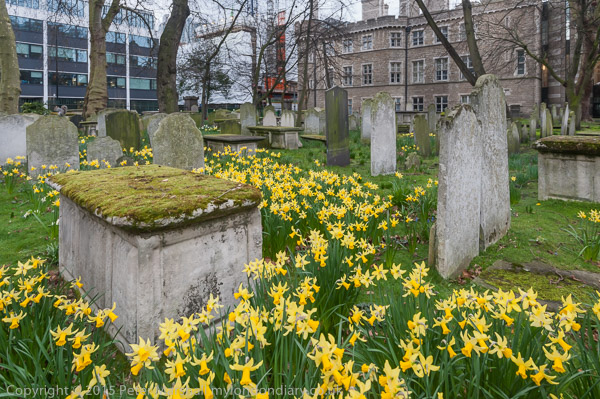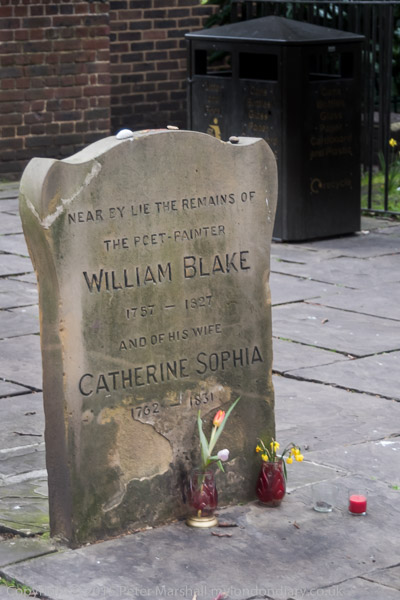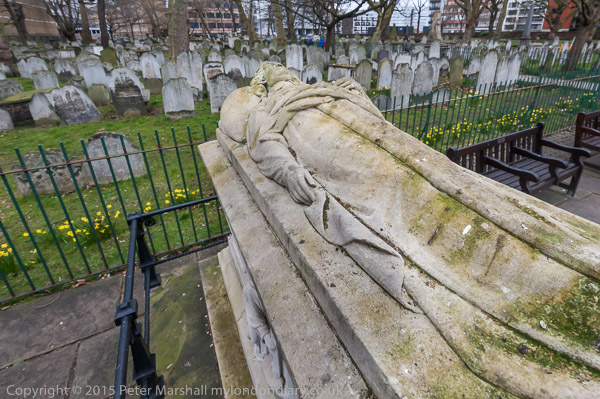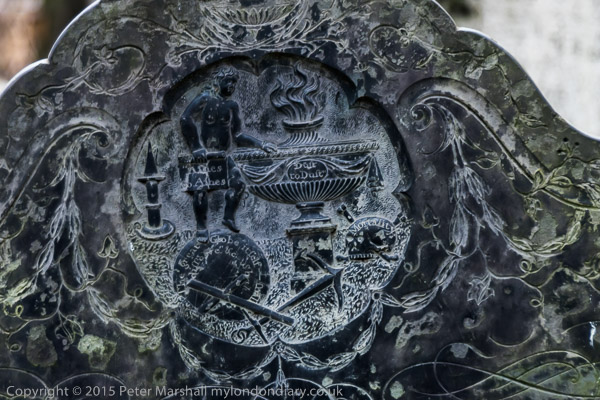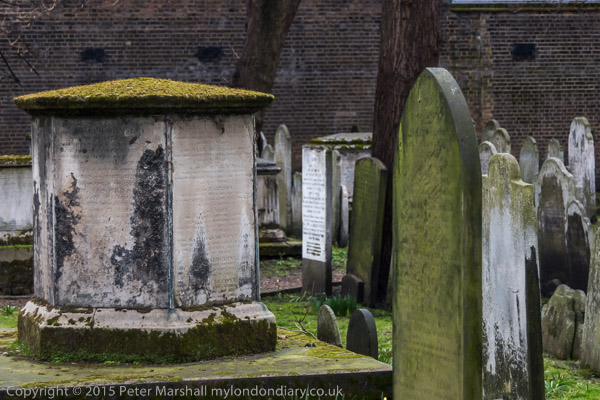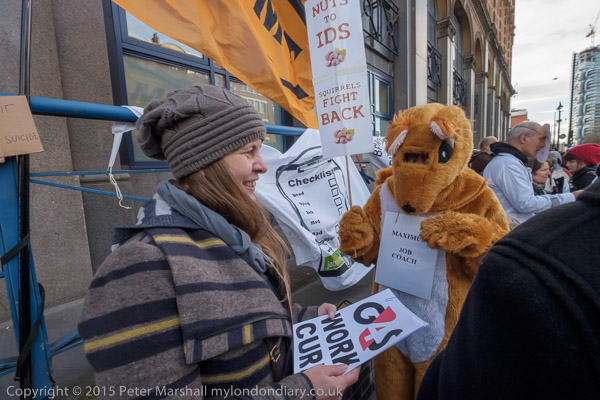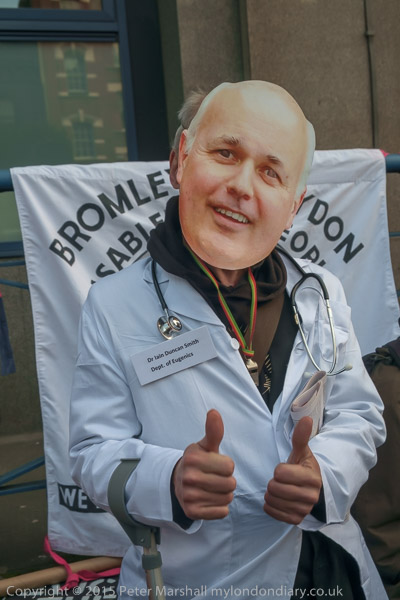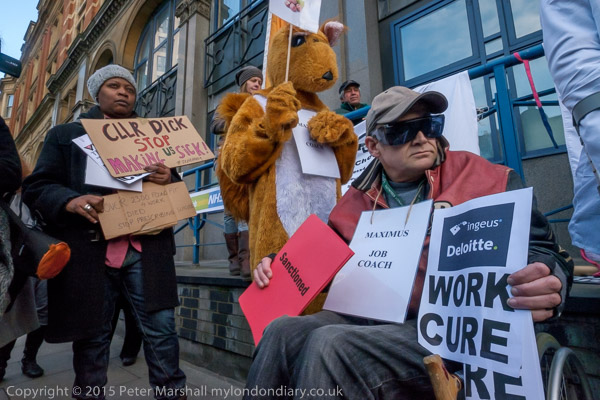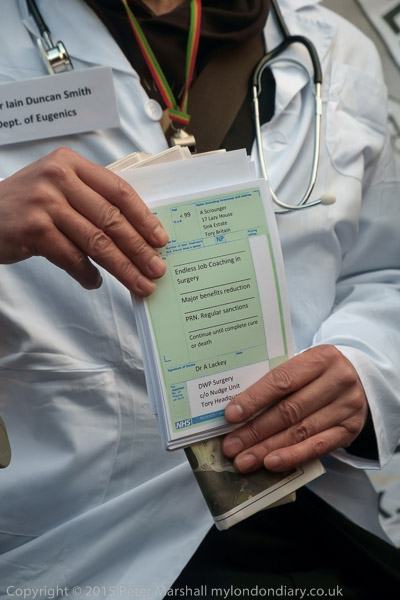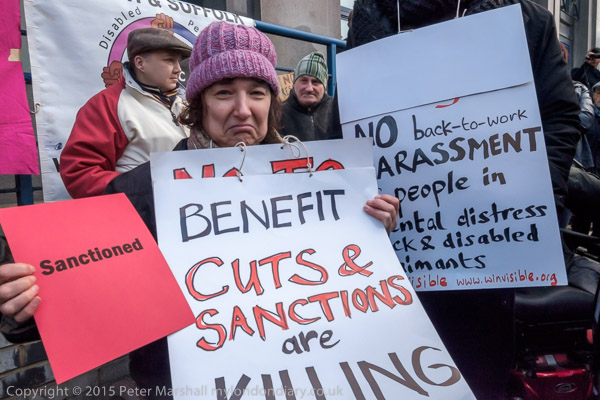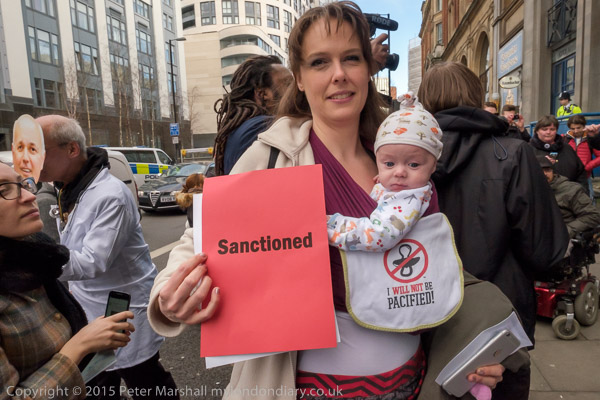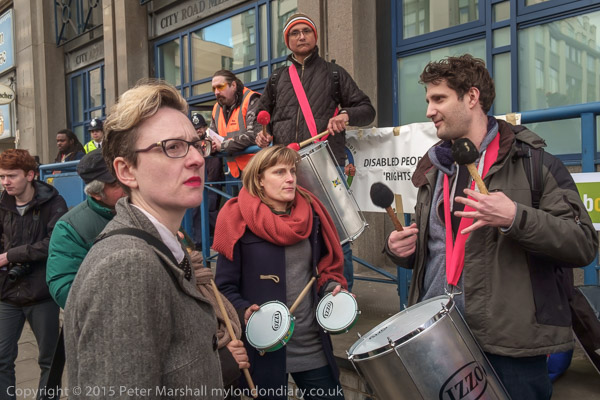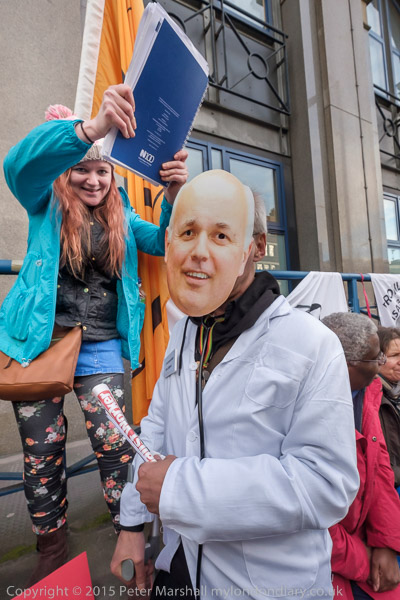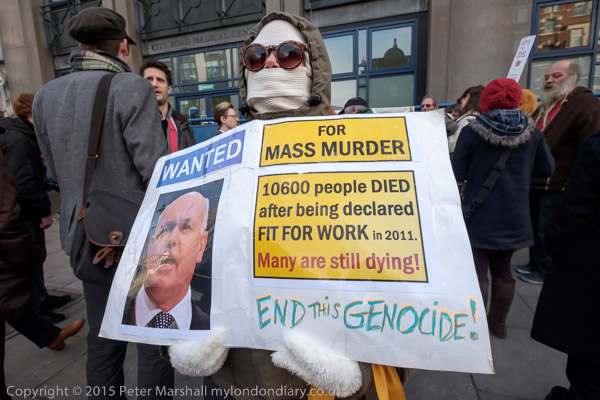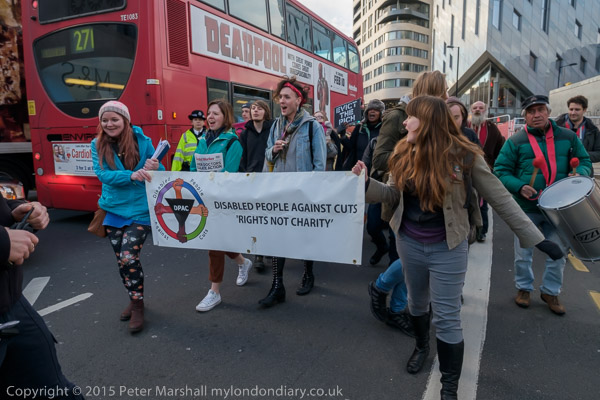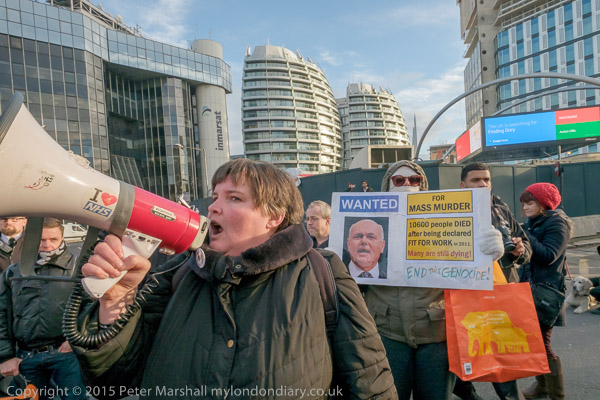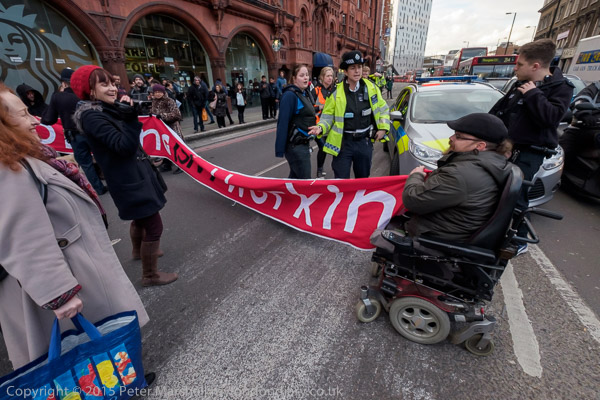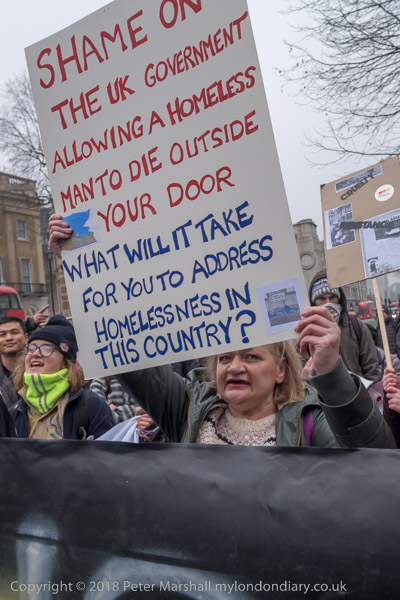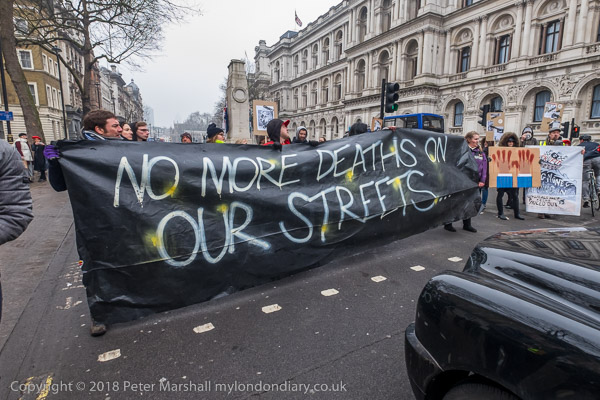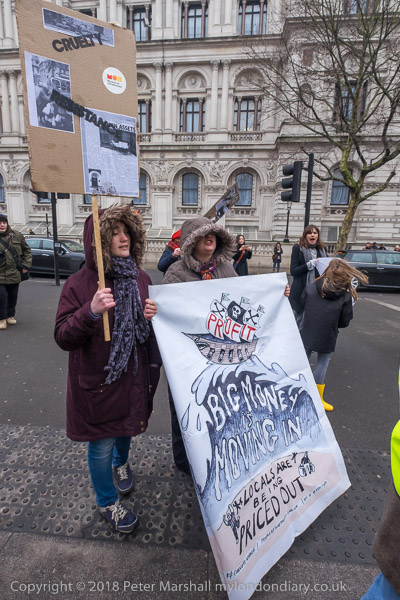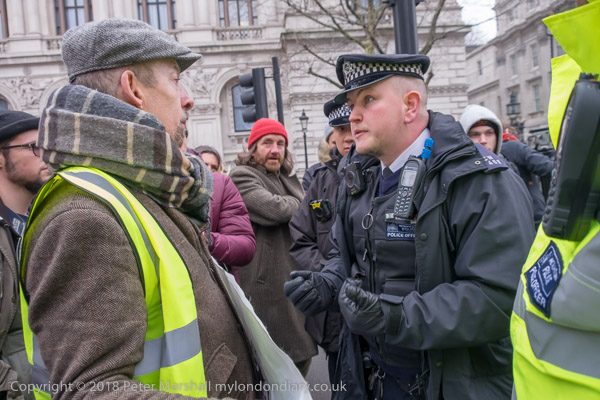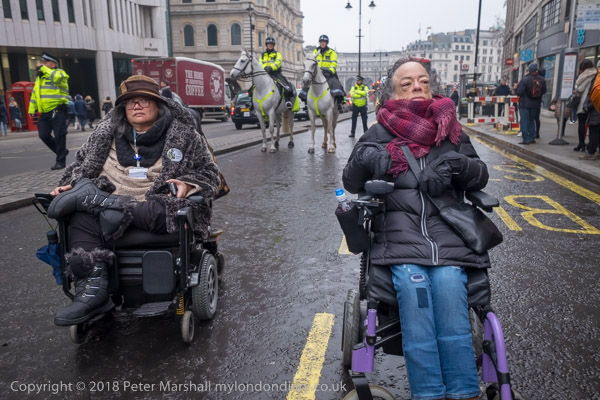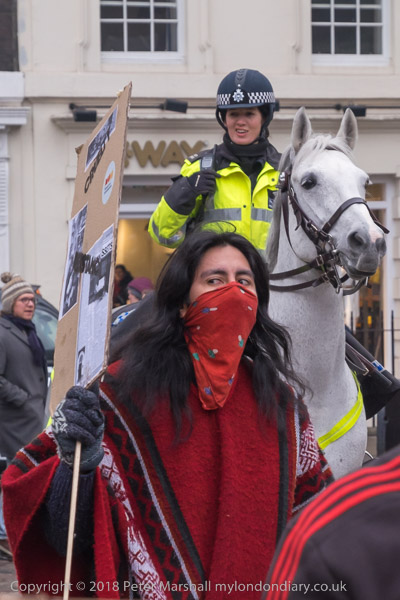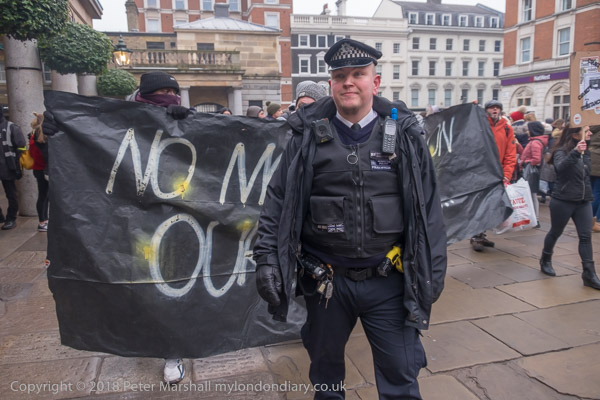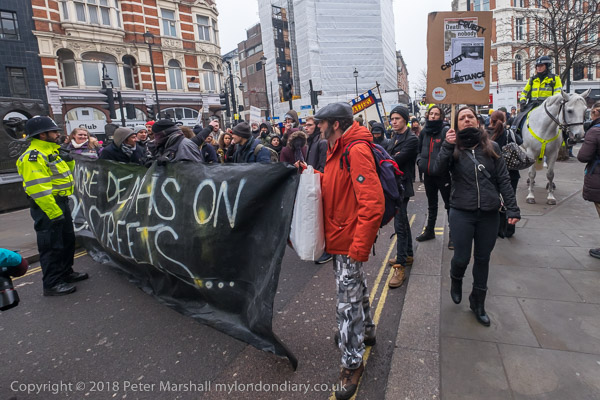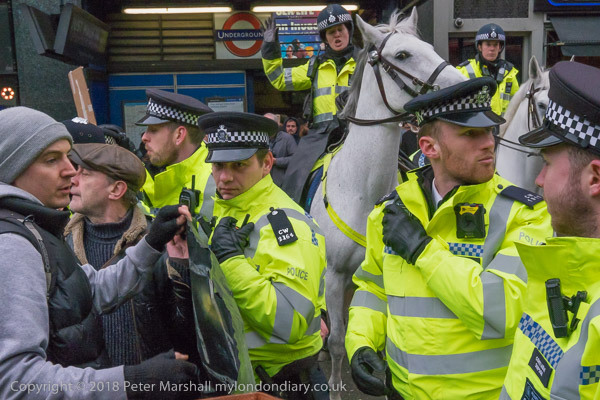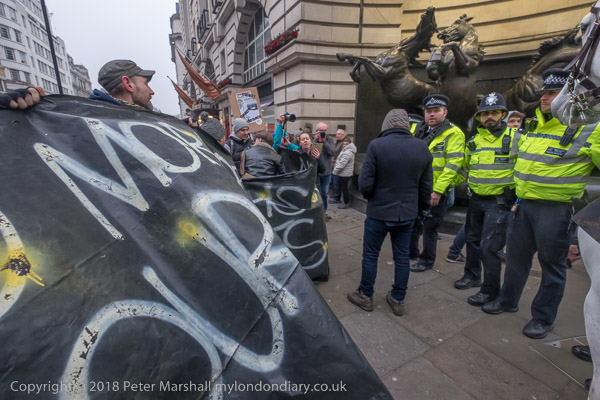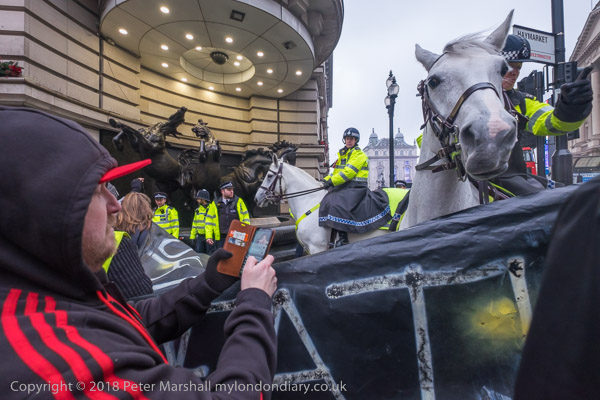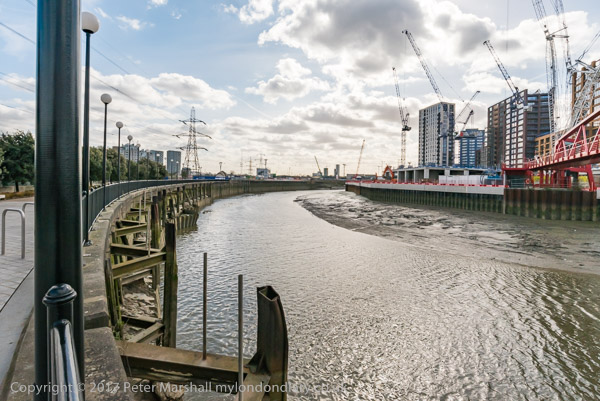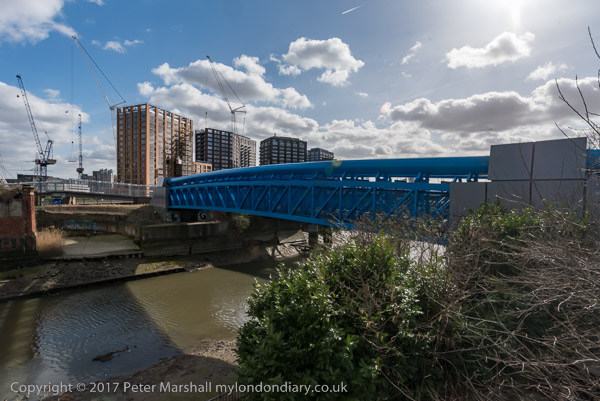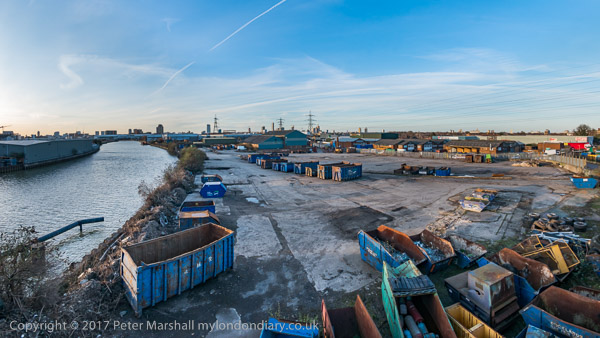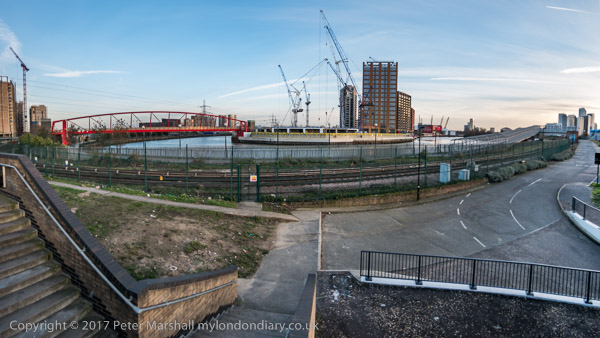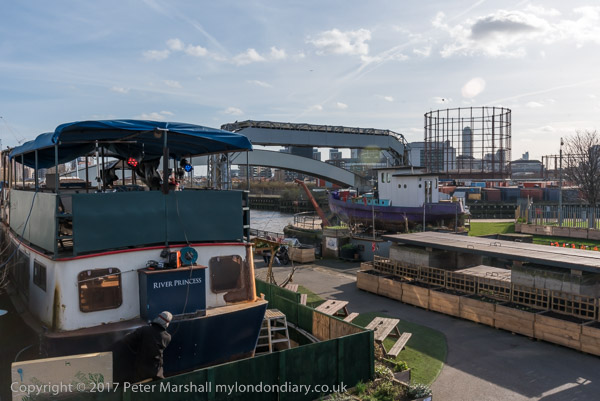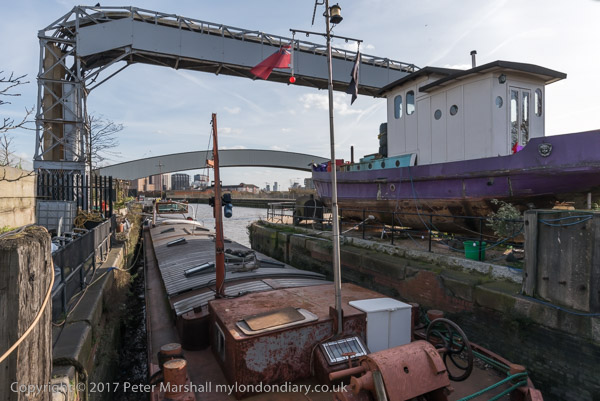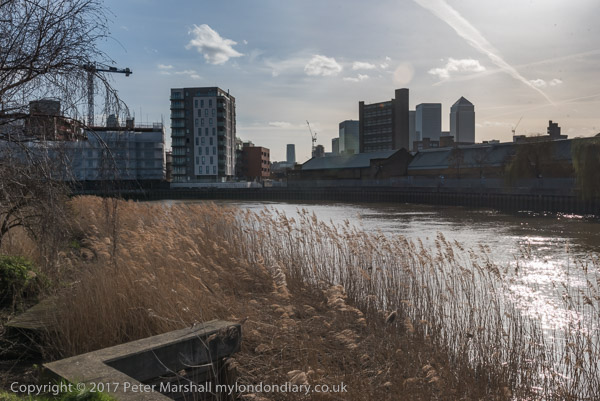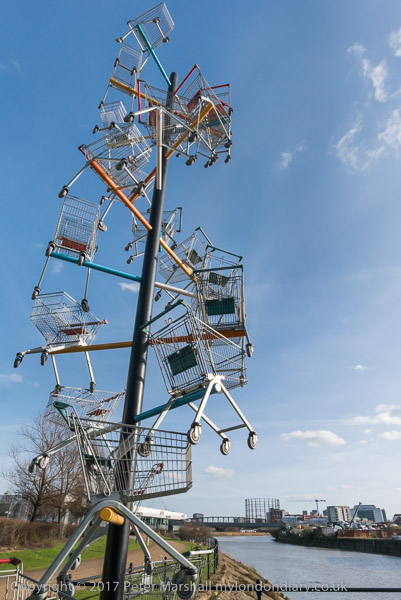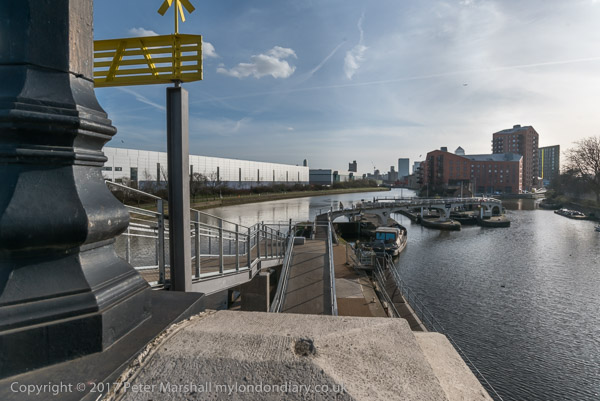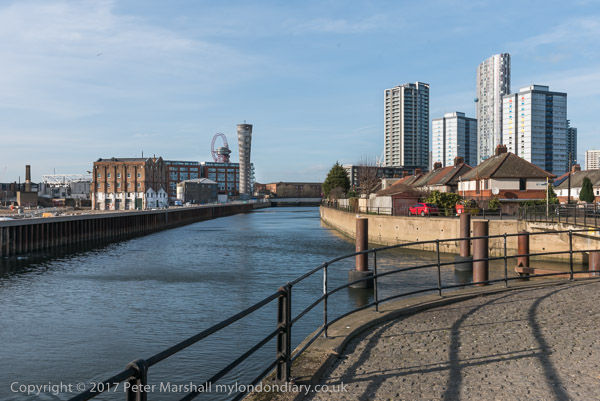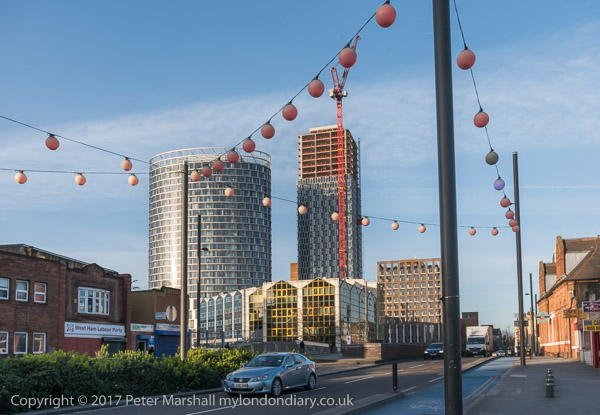On Tuesday 11th March 2014 I attended two protests, the first at Parliament against a change in the law on closing hospitals, and the second calling for a living wage for cleaners at Chelsea College.
Stop Hospital Killer Clause 119 – Parliament
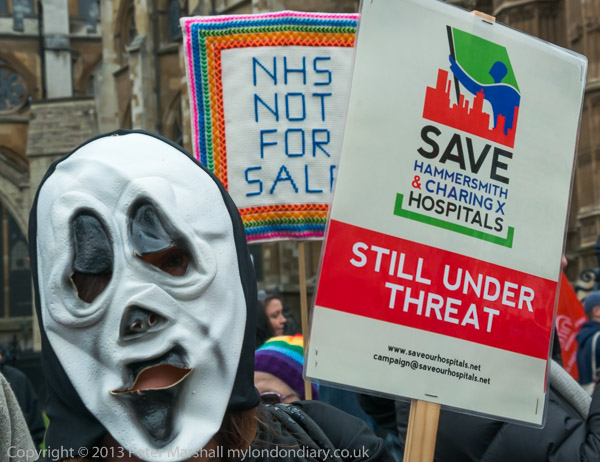
Unite, GMB, the Save Lewisham Hospital campaign and other hospital protest groups protested outside Parliament against Clause 119 inserted to change the law over hospital closures into the Care Bill, which was having its third reading in the House of Commons.
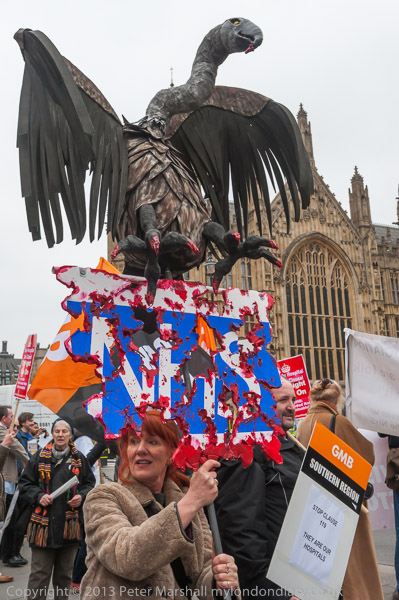
In 2014 the High Court ruled that health minister Jeremy Hunt had acted illegally in proposing a downgrading of maternity and A&E services at Lewisham hospital because the neighbouring Queen Elizabeth Hospital Woolwich was going bust.
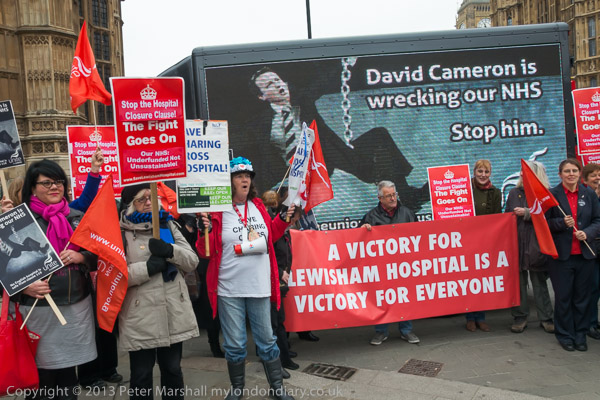
So Jeremy Hunt decided to change the law, and inserted Clause 119 into the Care Bill to give the special administrators overseeing an English NHS Trust in financial difficulties powers to close, merge or alter the services at any other hospital to balance the books without any proper consultation or regard to the social and health effects.
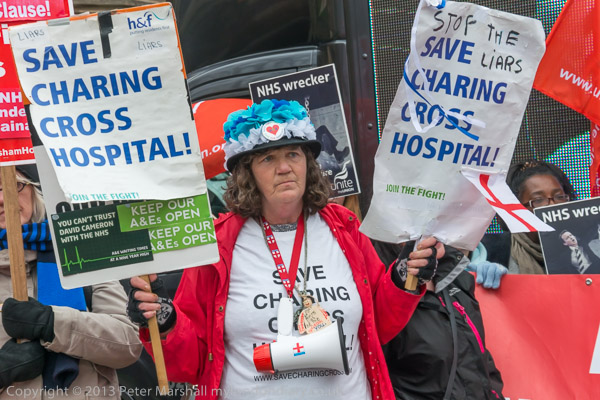
It was a measure which went entirely against the whole idea that local people and local GPs would be in control of health services in their own areas, something which had been stated to be at the centre of Tory/Coalition health policies. The local commissioning groups it says will be at the centre of local health provision will have absolutely no say over what happens to the services that they commission when this clause is invoked.
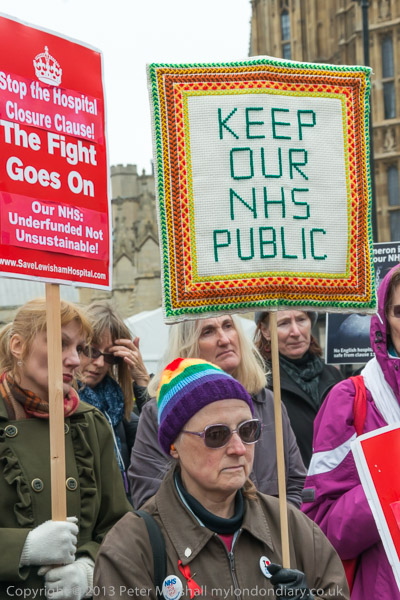
Though many saw these local groups rather as ways to make the continuing process of passing the NHS over to private companies easier than providing any real local control.
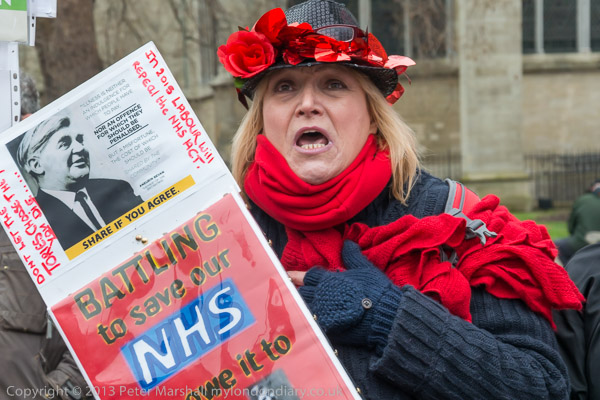
Clause 119 was a panic measure drafted in a fit of pique after Health secretary Jeremy Hunt was defeated in his attempts to raid the thriving Lewisham Hospital to meet the huge PFI debts of some other hospitals in South East London. The attempt to close Lewisham with the deterioration in services for the people in the area provides a clear and obvious example of why actions of this kind should remain illegal.
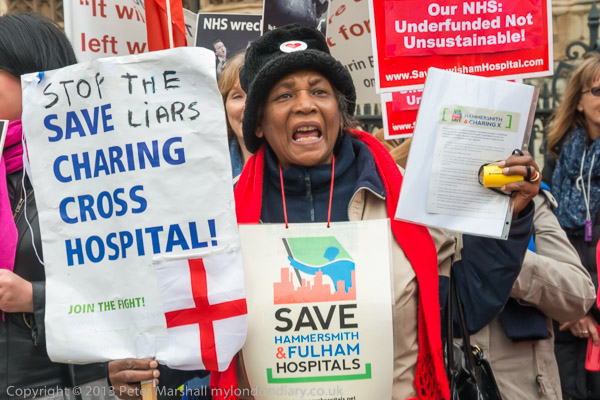
Lewisham’s closures were stopped by powerful local opposition which brought doctors, local councils, Millwall Football Club and the whole local community out onto the streets – and also making donations to enable Hunt to be taken to the courts. And taken again to fight his unsuccessful appeal against the original decision.
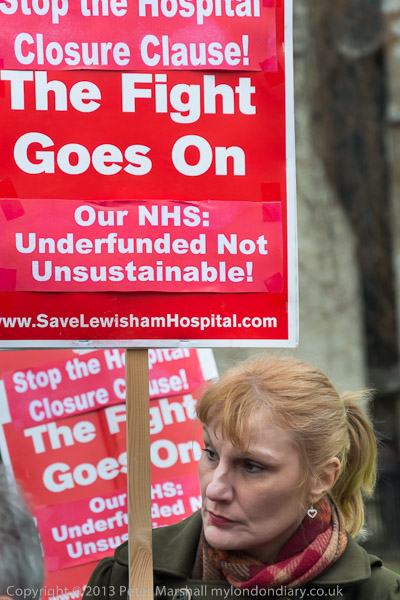
The protest on 11th March 2014 began with a period of silence to mark the death early that day of RMT General Secretary Bob Crow. Speakers at the rally included a member of the Shadow health team, other MPs, consultant Jackie Davis of the National Health Action party, Rachael Maskell, Unite Head of Health, and several NHS activists including Jill from Lewisham and Sandra from Charing Cross.
Stop Hospital Killer Clause 119
Pay UAL Cleaners a Living Wage – Chelsea College of Art
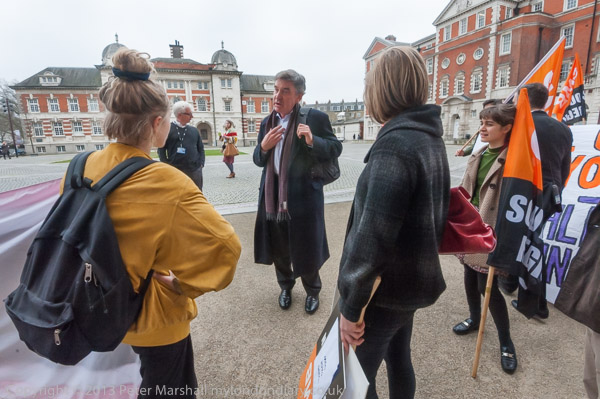
A short walk down Millbank, just past Tate Britain, took me to UAL Chelsea College of Arts where GMB and the University of the Arts Students’ Union were calling on the College to ensure that their cleaners, employed by Bouygues Energy & Services, are paid the London Living Wage.
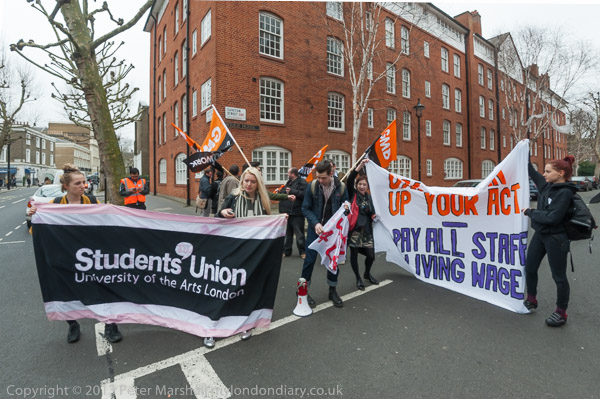
The cleaners were then being paid on the national minimum wage, which for those over 21 was £6.31, less than three-quarters of the London Living Wage, calculated annually by the Greater London Authority, then £8.80 per hour.
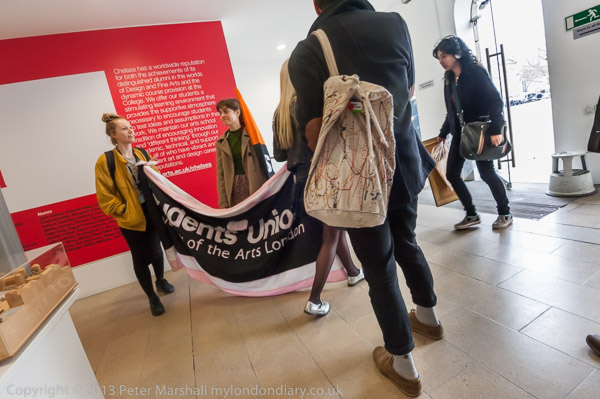
The protesters went to call on Vice-Chancellor Nigel Carrington, who after a few minutes came out to talk with them. He told them he thought that they had some good points, but that he did not employ the cleaners and could not grant them the living wage. He also said that he cleaners were paid more then there would be less money to spend on other things, including the student courses and provision.
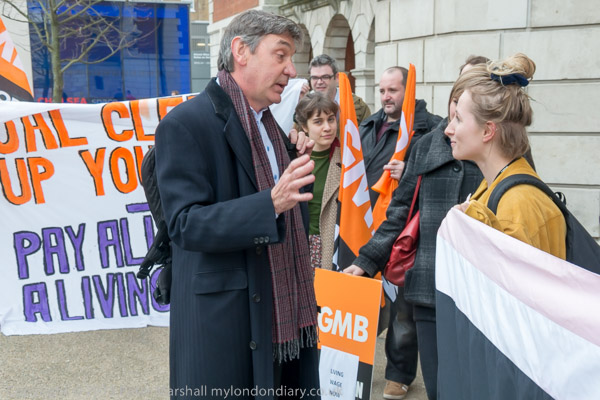
The protesters responded that many organisations insist that contractors pay the living wage to all employees, and that contracting out of services is simply a way to exploit employees – paying lower rates and giving them worse conditions of employment – while keeping the institutions hands clean.
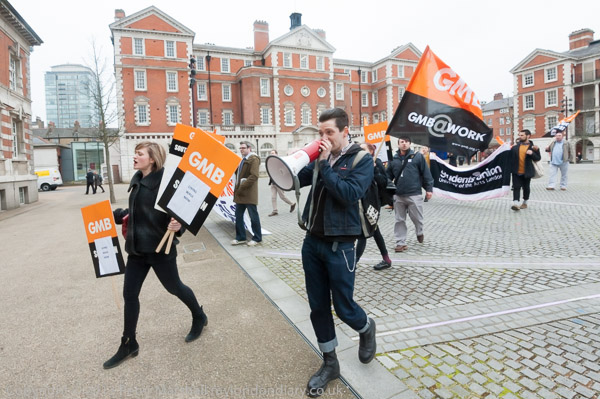
They were told they could go in to the staff forum meeting so long as they put down their banners, placards and megaphones, and the students decided to do so. The rest of us left.
Pay UAL Cleaners a Living Wage






